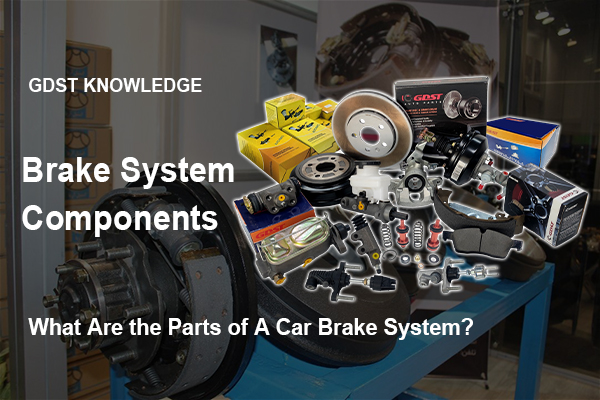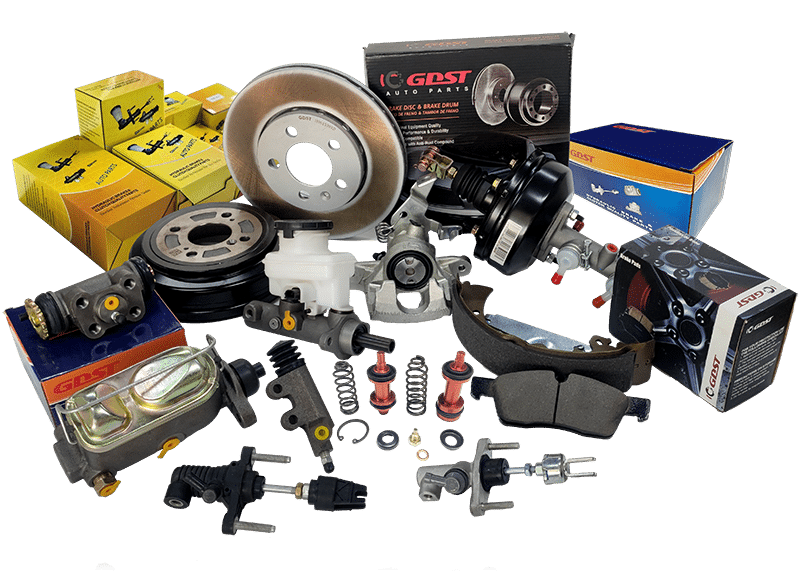Every driver relies on the car’s brake system for safety, but what goes into stopping your vehicle? In this guide, we will dive into the crucial components that ensure your ride comes to a halt when you need it to.
A car’s brake system can be divided into two main types: disc brake and drum brake.
The disc brake comprises a brake rotor, brake pad, and brake caliper.
The drum brake comprises a brake drum, brake shoe, and wheel cylinder.
In addition, there are some other hardware and accessories in the brake system, such as the master cylinder, brake line, and brake fluid. These are also very important for the brake system.
Let’s delve deeper into each component, unraveling their roles and importance in the brake system.
How Many Types of Brake Systems Are There?
Brake systems are crucial for vehicle safety, allowing drivers to control the speed and bring the vehicle to a stop. There are several types of brake systems, each designed for specific applications and operating principles. Here are the primary types:
- Hydraulic Brakes: Used in cars and motorcycles, they use brake fluid to move pads that slow the vehicle.
- Mechanical Brakes: Use cables to apply brakes, common in bicycles and some cars’ parking brakes.
- Pneumatic (Air) Brakes: Air-powered, mainly for buses and trucks, using compressed air to apply pressure.
- Electromagnetic Brakes: Use magnetic force for braking, found in electric vehicles and industrial machines.
- Regenerative Brakes: Convert kinetic energy to electrical energy, mainly in electric and hybrid vehicles.
- Disc Brakes: Use calipers to squeeze pads against a disc, common in modern vehicles.
- Drum Brakes: Brake shoes press against a rotating drum, seen in older or smaller vehicles.
Today let’s focus on Disc Brake Components and Drum Brake Components:
What are the components of the disc brake system?

The main components of a disc brake system include brake pad, brake disc, brake caliper brake lines, pistons, brake fluid, master cylinder, and brake booster:
Brake Pad
The friction material presses against the brake disc. When the brake is applied, the pads clamp on the rotating disc to create friction, slowing down the vehicle.
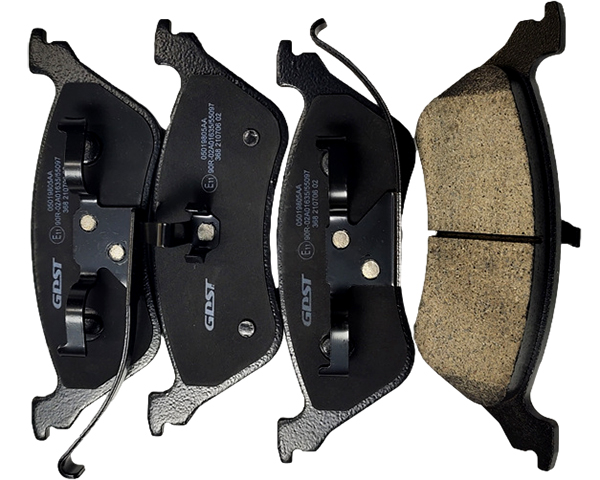
Brake Disc(Rotor)
The circular disc rotates with the wheel. Brake pads press against it to create the friction needed to stop the vehicle.

Brake Caliper
Holds the brake pads and presses them against the disc. Brake calipers can be floating or fixed, depending on the design.

Brake Lines
These are the tubes and hoses that carry brake fluid from the master cylinder to the calipers.
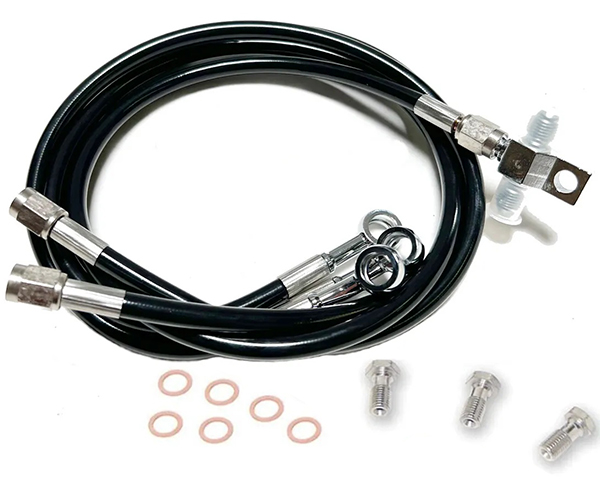
Master Cylinder
This device converts the mechanical pressure (from your foot on the brake pedal) into hydraulic pressure by pushing brake fluid through the system.

Brake Booster
Amplifies force from the brake pedal to the master cylinder, making braking easier with less effort.
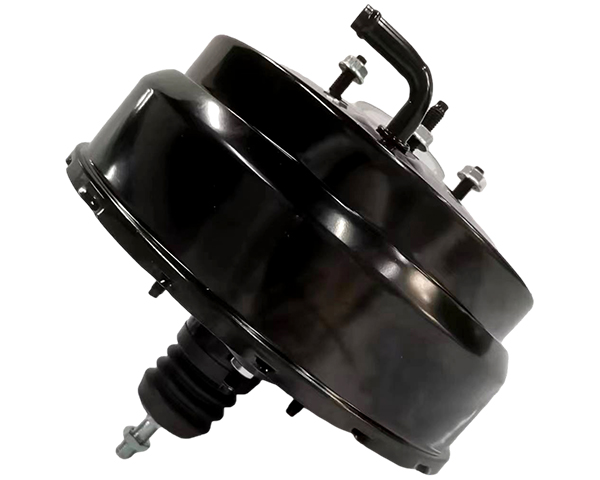
Brake Fluid
This hydraulic fluid transfers the force from the brake pedal to the caliper pistons, enabling the brake pads to clamp onto the rotor.
Pistons
Located inside the calipers, pistons move outwards to press the brake pads against the rotor when hydraulic pressure is applied through the brake lines.
What are the components of the drum brake system?
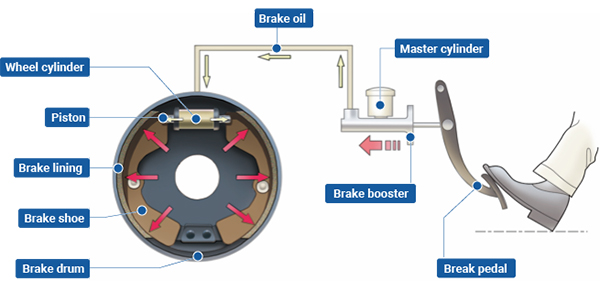
The main components of a drum brake system include brake drum, brake shoe, brake wheel cylinder, brake lining, and other accessories:
Brake Drum
A cylindrical drum that rotates with the wheel. The inside surface of the drum acts as the braking surface.

Brake Shoe
These are curved pieces with friction material on one side. When the brakes are applied, the shoes press outward against the inside of the brake drum to slow the wheel.
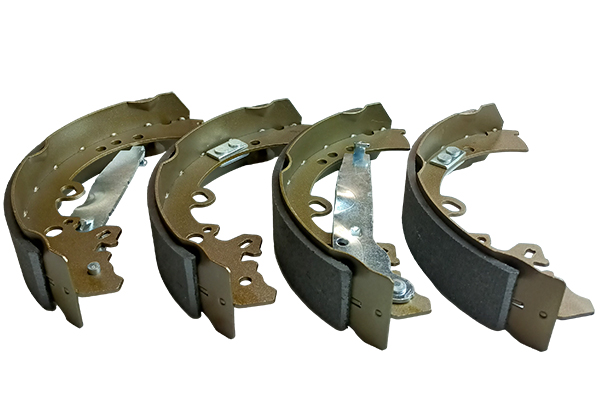
Brake Wheel Cylinder
This hydraulic cylinder expands with brake fluid pressure, pushing the brake shoes against the drum.
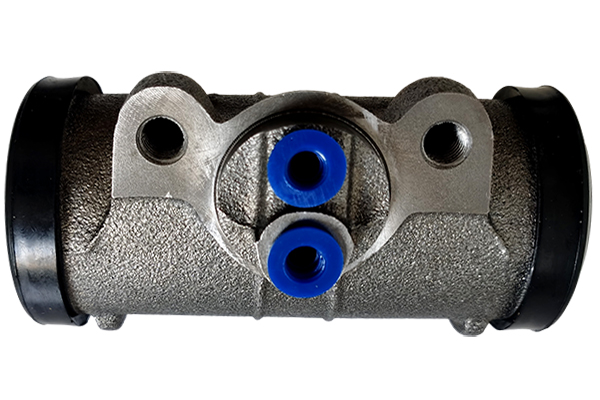
Brake Lining
The friction material attached to each brake shoe. This material creates the necessary friction against the drum to stop the vehicle.
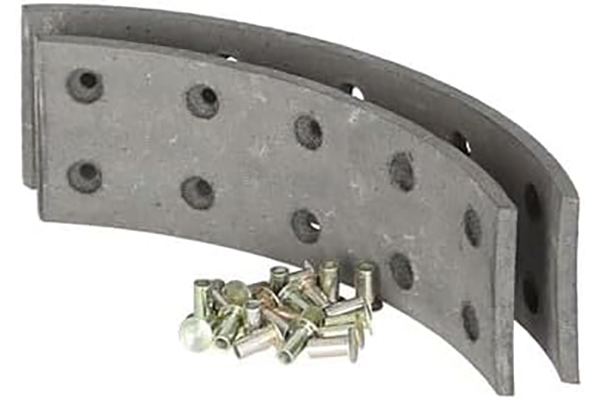
Return Spring
These springs pull the brake shoes back into their resting position when the brake pedal is released, disengaging the brakes.
Adjuster Mechanism
Automatically adjust the position of the brake shoes as they wear down to keep the brakes effective.
Backing Plate
Provides a solid base for the other components. The brake shoes, wheel cylinder, and other hardware are mounted to this plate.
Conclusion
In the complex automotive parts world, the brake system is the most important for vehicle safety. Every component is significant for safe and reliable driving.
For brake parts wholesalers and distributors, it is necessary to understand the function and maintenance of brake parts, so as to provide better service to your clients.
As a leading supplier of high-quality brake parts, we are committed to enhancing vehicle safety and performance. Our expertise in the industry allows us to offer not just products, but comprehensive solutions and support for all your braking needs.
Whether you’re looking to stock up on the latest in braking technology or need advice on the best parts for your inventory, we’re here to help.

